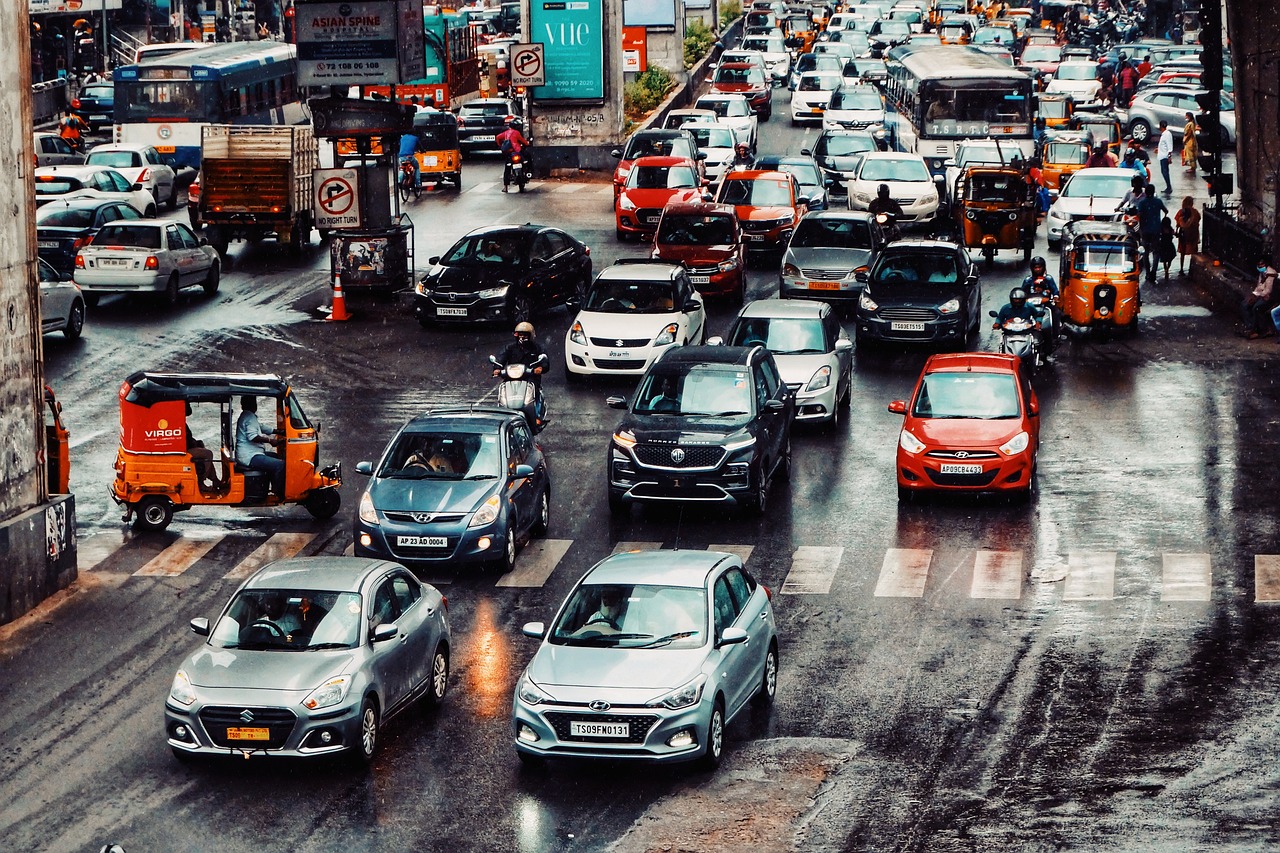
Sitting in traffic can be one of the most frustrating things to have to deal with, but the rise of mobile communications technology has fundamentally transformed the way we communicate with each other, and this has had a profound impact on our daily lives. The adoption of mobile communication technology into transportation has led to several benefits, the most significant of which is the ability to manage traffic more efficiently. By providing real-time updates on traffic patterns and congestion, mobile communications have enabled transportation authorities to make better-informed decisions about how to allocate resources and optimize traffic flow.
We can send bulk SMS to our colleagues family and friends and share our ETA or any delays. This, in turn, has reduced congestion on our roads, making travel faster and more convenient for everyone. One of the primary ways in which mobile communications have improved traffic management is using GPS technology. With GPS-enabled devices, drivers can receive real-time updates on traffic conditions and receive directions that help them avoid congested areas. This has helped to reduce traffic congestion by directing drivers to alternative routes, minimizing the number of vehicles on heavily congested roads.
In addition to improving traffic management through GPS technology, mobile communications have also helped to improve the safety of our roads. By providing drivers with real-time information on road hazards and weather conditions, mobile devices can help to prevent accidents and reduce the number of fatalities on our roads. This has been particularly beneficial in areas where weather conditions can change rapidly.
Another way in which mobile communications have improved traffic management is through the use of social media. With the rise of social media platforms like Twitter and Facebook, transportation authorities can communicate directly with drivers in real-time, providing updates on road conditions, traffic patterns, and accidents. Younger more savvy social media users have now embraced TikTok and Snapchat as location sharing platforms. This has been particularly beneficial during times of crisis, such as natural disasters or major accidents, where transportation authorities need to quickly disseminate information to the public to ensure their safety.
It is also useful during times of industrial action, where striking workers on public transport networks may disrupt services. In the UK the RMT union often disrupts train services and the ability to send bulk SMS to a number of people informing them of delays can be very useful. Mobile communications have also had a significant impact on public transportation, making it more convenient and accessible for commuters. With the rise of mobile ticketing systems and real-time transit tracking, commuters can now easily plan their trips and avoid lengthy waits at transit stops. This has helped to reduce congestion on our roads by encouraging more people to use public transportation, which in turn has helped to reduce the environmental impact of our transportation systems.
In addition to improving the efficiency of our transportation systems, mobile communications have also had a significant impact on the way we work and live. With the rise of remote work, mobile devices have become an essential tool for many workers, enabling them to stay connected and productive while on the go. This has helped to reduce the need for people to commute to and from work, further reducing congestion on our roads. Mobile communications have also had a profound impact on the way we and interact with one another. With the rise of social media platforms, people can now connect with friends and family members from anywhere in the world, making it easier than ever to stay in touch. Despite the many benefits of mobile communications for traffic management, there are also some challenges that need to be addressed. One of the biggest challenges is the need to ensure that the technology is accessible to everyone, regardless of their socioeconomic status. This is particularly important in areas where access to mobile communications technology may be limited, such as in rural areas or developing countries. Another challenge is the need to ensure that mobile communications technology is used responsibly. With the rise of distracted driving, it is important to ensure that drivers are not using their mobile devices while behind the wheel.